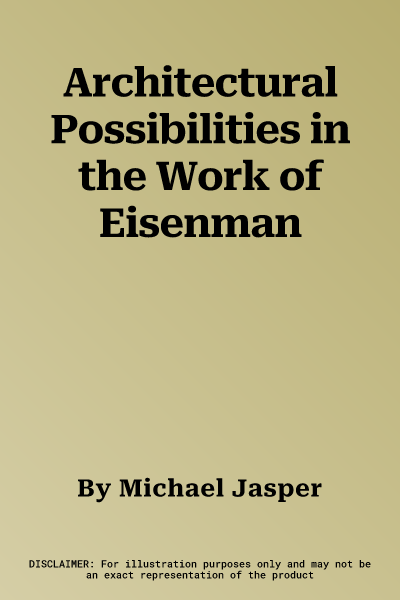This book examines the central decades of Peter Eisenman's work through
a formal and thematic analysis of key architectural projects and
writings, revealing underlying characteristics and arguing for their
productive continuity and transformative role.
The book explores Eisenman's approach to architectural form generation
and thinking. It does this through a thematic and formal analysis of
projects and writings from the mid-1970s to the mid-1990s. Following an
introductory chapter addressing the theme of potentialities, the book is
organised in two parts. The first part focuses on key period writings of
Eisenman, framing the close reading around a practice of resistance, the
architect's approach to history as analysis, and the transformative
conceptualisation of time. In the second part, the book undertakes an
analysis of select projects from the 1980s and 1990s. Three formal
preoccupations and conceptual orientations - ground manipulations,
figuration, and spatial events - organise this part of the book.
Previously unpublished material from the Peter Eisenman fonds, Canadian
Centre for Architecture, Montréal, provides primary source material. A
concluding chapter addresses Eisenman's teaching, its relation to his
larger project, and possible legacies for educators, practitioners,
scholars, and theorists.

